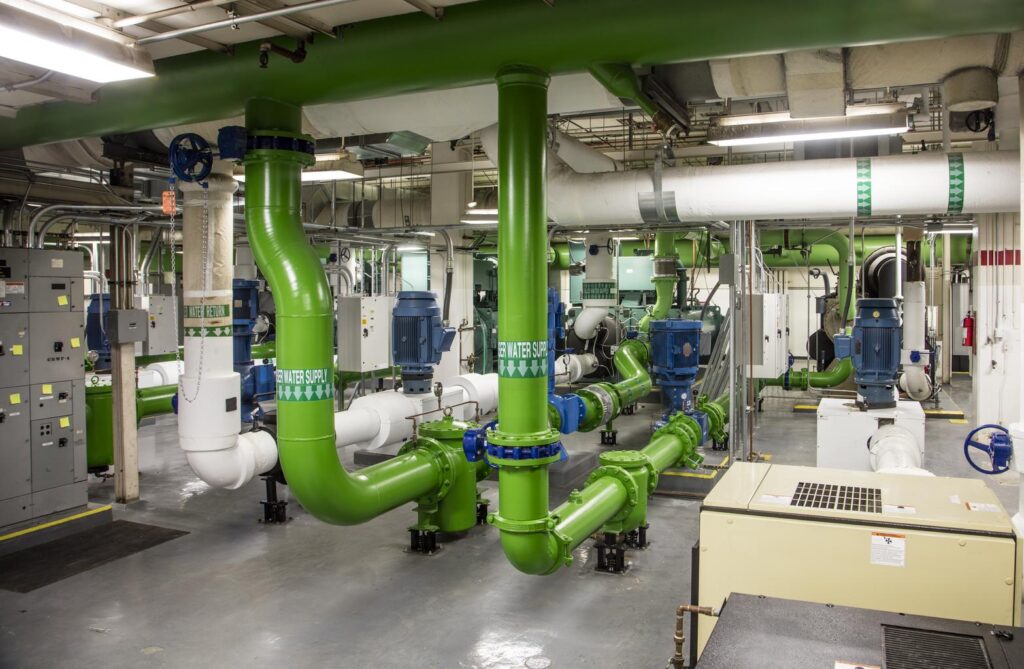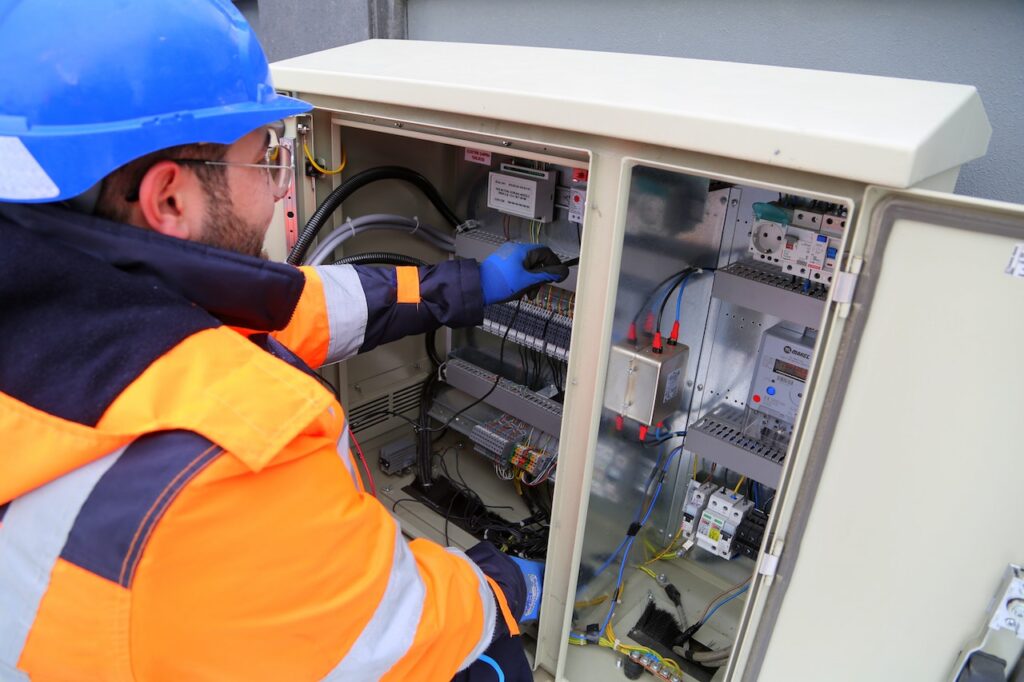
Property managers and building staff know that one of the largest risks buildings face is equipment damage – especially larger, older, or complicated equipment. Whether it’s from wear and tear, age, or bad luck, equipment repairs can ruin budgets – that’s where Proactive Maintenance comes into play.
A smart approach to building maintenance is proactive maintenance. Proactive maintenance aims to prevent equipment failure before it occurs.
Proactive maintenance maximizes the lifespan of equipment, reduces unplanned downtime, and minimizes the cost of repairs or replacements.
Proactive maintenance typically involves regularly scheduled equipment inspections, routine equipment servicing, training and educating maintenance staff, and good record keeping.
Traditional methods of proactive maintenance are prone to human error or neglect. Parity’s real-time monitoring platform can help mitigate these factors.
A relatively new part of proactive maintenance is predictive maintenance. Using data and technology (sensors, monitoring systems, and analytics) to predict when maintenance is needed based on real-time data and historical trends. Predictive maintenance helps to identify potential problems before they lead to breakdowns.
This is where Parity comes in.
Parity is an HVAC Optimization as a Service company. We maximize energy efficiency and reduce energy costs through remote optimization of HVAC equipment.
Through Parity’s remote control and monitoring of HVAC systems, buildings unlock savings from avoided maintenance visits and equipment failures. This translates to increased equipment lifespan and reduced unplanned downtime, while maintaining resident comfort and freeing up building staff’s time.

Photo by Fatih Yurtman on Pexels.
Often, small fixes or improvements early on can prevent costly and invasive repairs later.
Parity’s control optimization software automatically monitors and adjusts set points, motor speeds, and other performance parameters in real-time, based on up-to-the-minute data from your building and external factors like weather.
We upload building data into our Pi (Parity Insights) dashboard to visualize the performance of your HVAC systems in real-time.
If we detect an operational anomaly with your equipment, we send color-coded alerts, tiered e-mails, and text messages to building staff as soon as the issue arises.
Examples of conditions that trigger alerts from Pi include:
Pi is our window into your HVAC system’s performance. Our platform can identify issues in a building before the tenants are impacted.
Proactive maintenance is a cost-effective way to maintain your HVAC equipment. Buildings can maximize the lifespan of their equipment, reduce unplanned downtime, and minimize the cost of repairs or replacements by working with a company like Parity.
Let Parity micromanage your HVAC systems and save you money. Email contact@paritygo.com to learn how we can help your building.